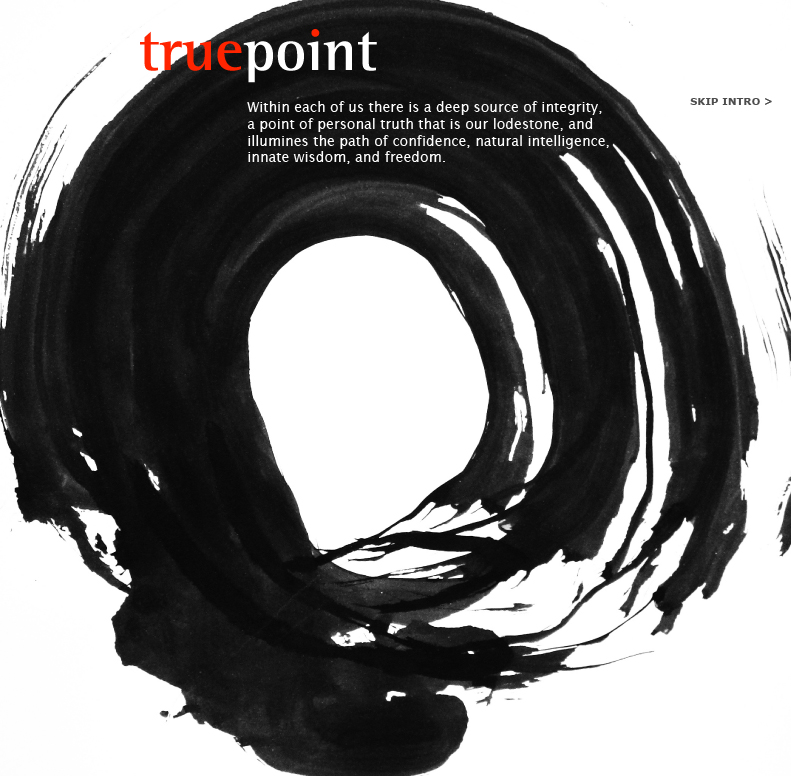In Praise of Zero
Zero doesn’t equal nothing, or null, or empty. Zero holds open a space, marks a place as open and receptive, is full of potentiality. My recollection of high school mathematics points to the understanding that zero, divided by any other number remains zero. 0/1 = 0. 0/2 = 0. 0/3 = 0 etc.
Zero is a very useful concept with an interesting history.
In Ancient Egypt, a symbol for zero was in use as early as 1740 BCE. The Egyptians had a symbol (glyph) for zero that was used in accounting. The symbol, “nfr” indicates “beautiful,” “pleasant,” and “good.” And the pictogram for “nfr” is one of the heart with trachea.
In Ancient Greece, the picture was more uncertain with philosophers and mathematicians asking “how can nothing be something?” This has directly influenced our culture’s undervaluing and fear of emptiness.
In India, the 458 AD Jain text Lokavibhaga, employs “shunya” (“void” or “empty”) as zero. Shunya is also the root concept that underlies “emptiness” in Buddhist thought. My understanding of its Buddhist interpretation moves towards “Shunyata,” the state that is empty of certainty and fixed meaning yet full with potential. The first known Indian use of a special symbols for the digit zero, a small circle, appears on a stone inscription found at the Chaturbhurja Temple and dates from 876 AD.
Zero re-entered European culture through Islamic influences on the Iberian peninsula and transformed our understanding of mathematical notation from MMXIV to 2014. Now, our information age is built largely on the binary language of 0’s and 1’s to indicate the dance potential and fixed value.
Why is this important for leaders?
Simply put, we forget the power of zero. We forget the transformative power of holding a place open, full with potential and as-yet undetermined value. We forget that understanding and wisdom wait in the open spaces, before a solution is reached. It’s useful to remember this power and potential as we engage with the challenges of leadership.





